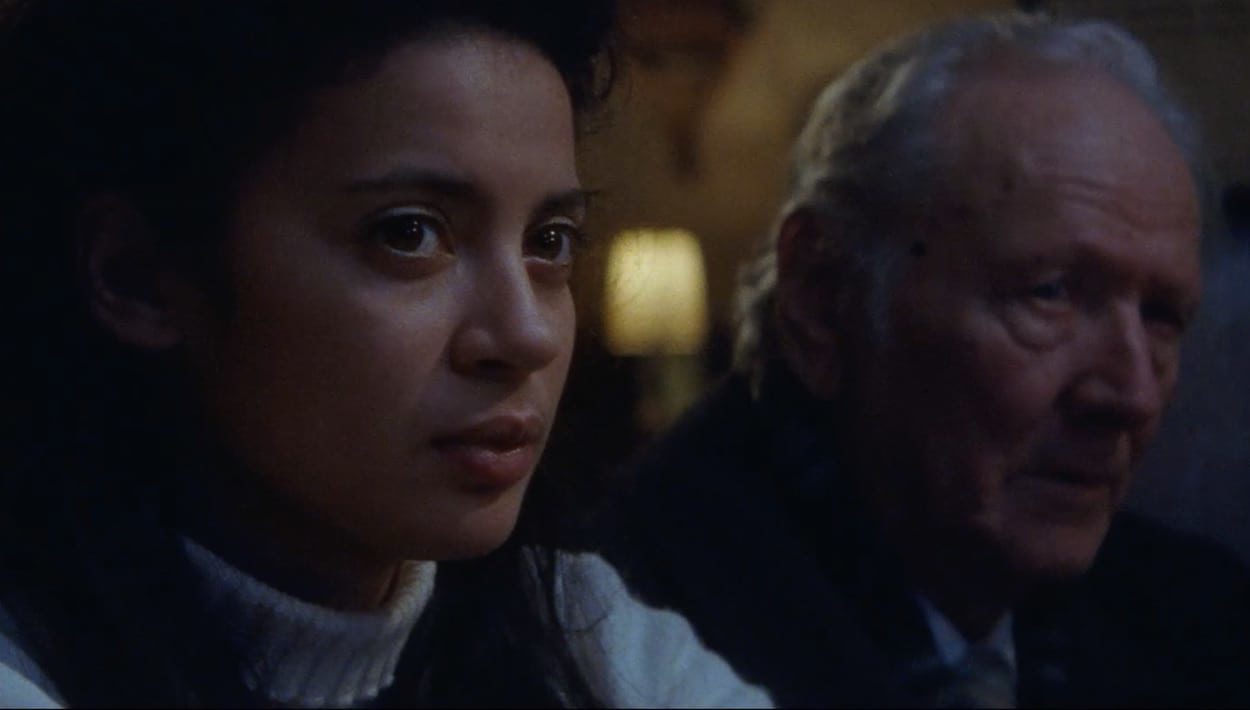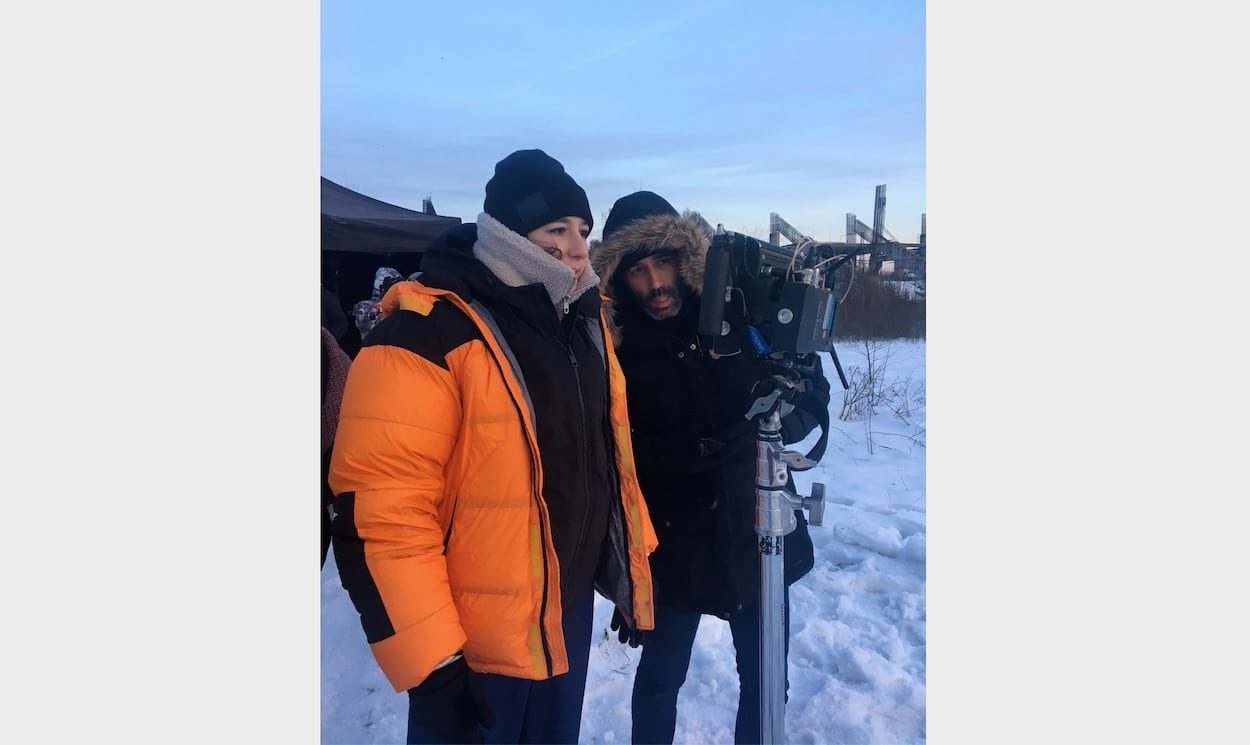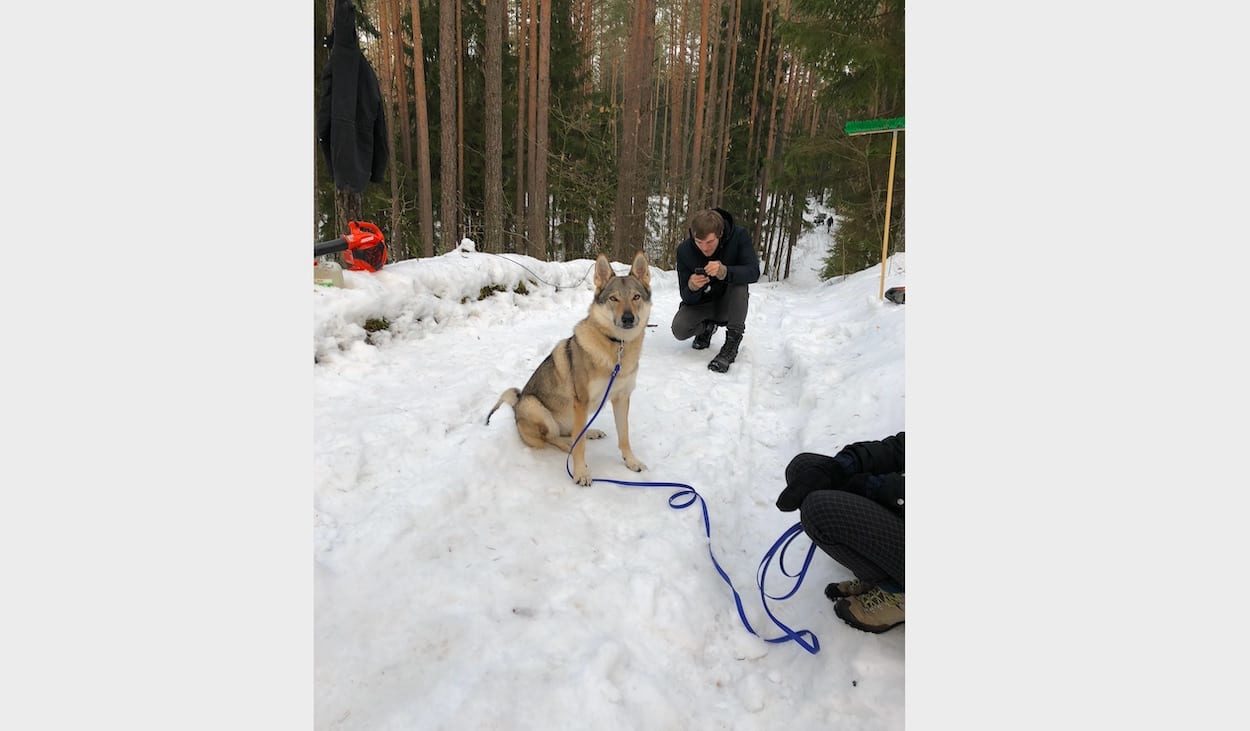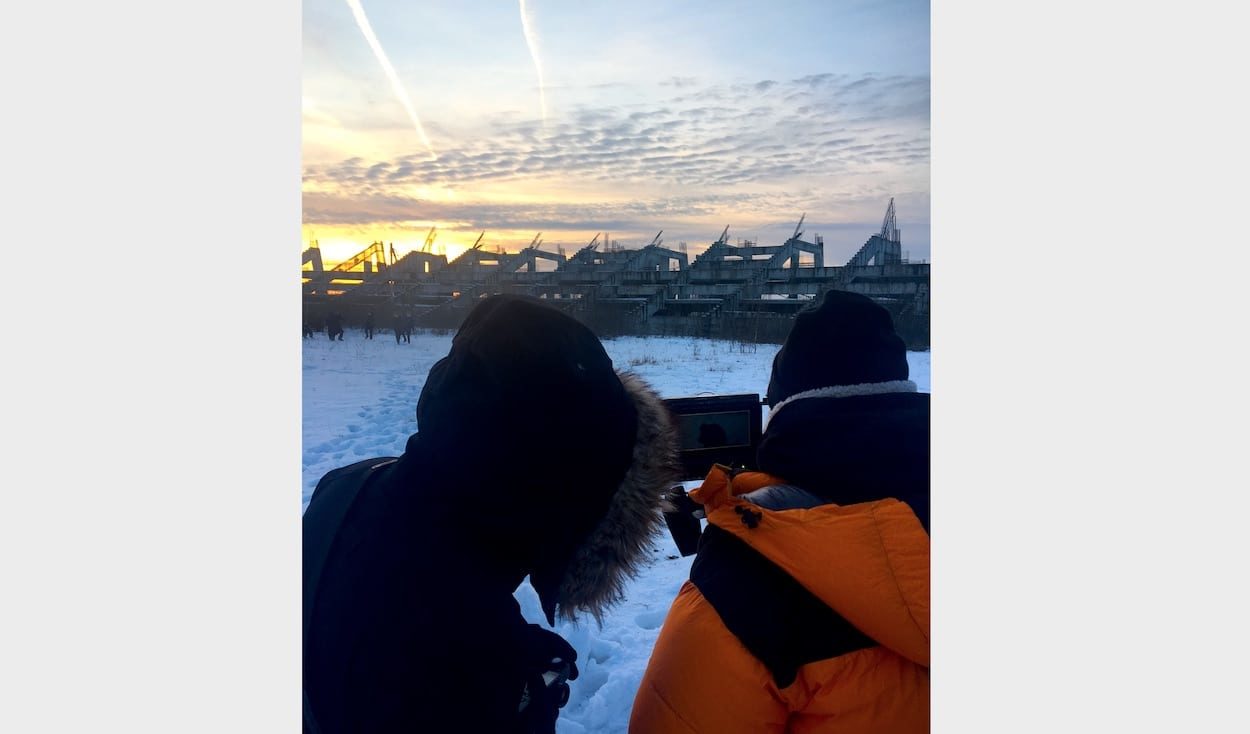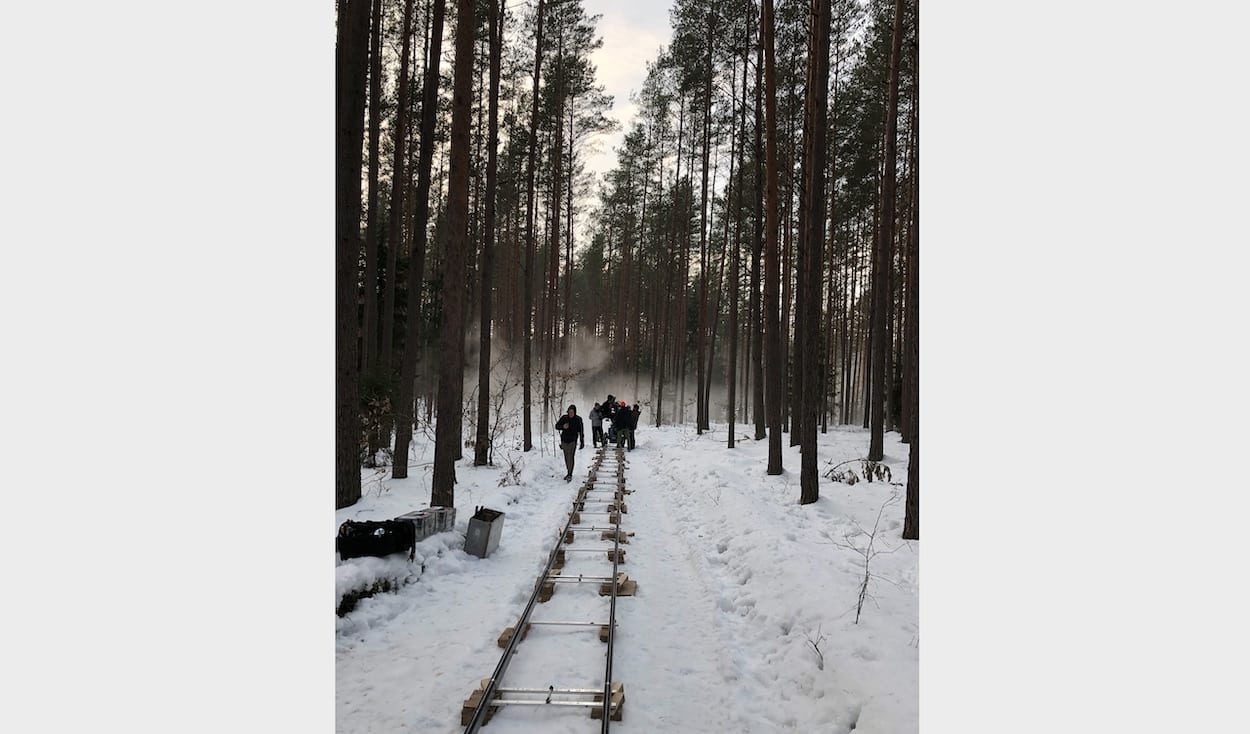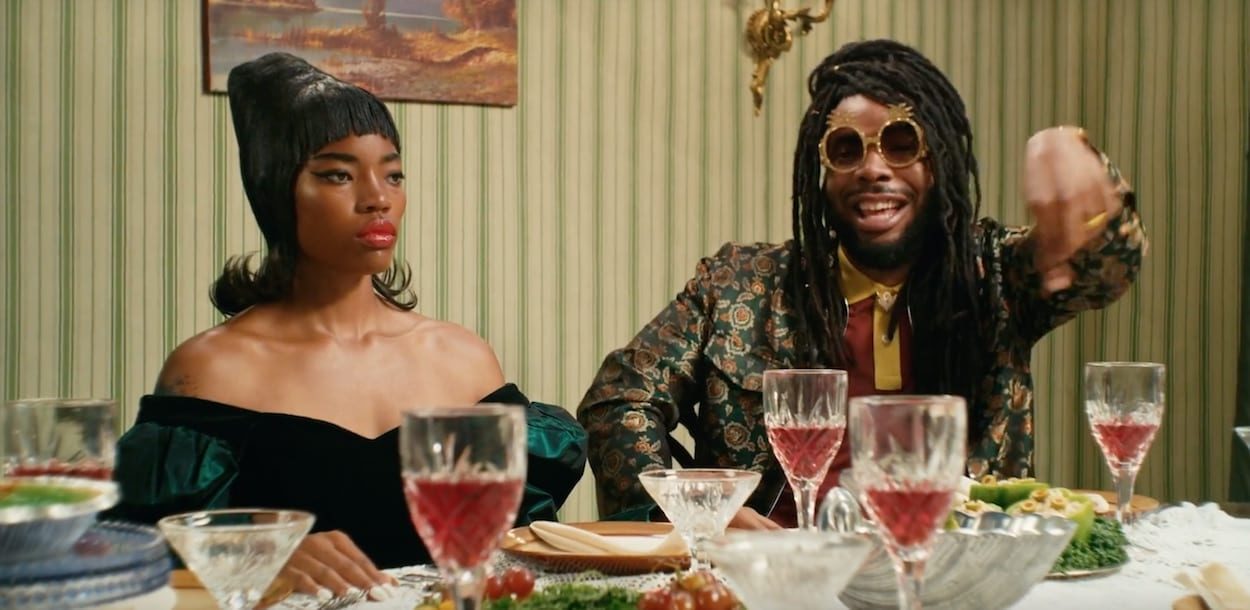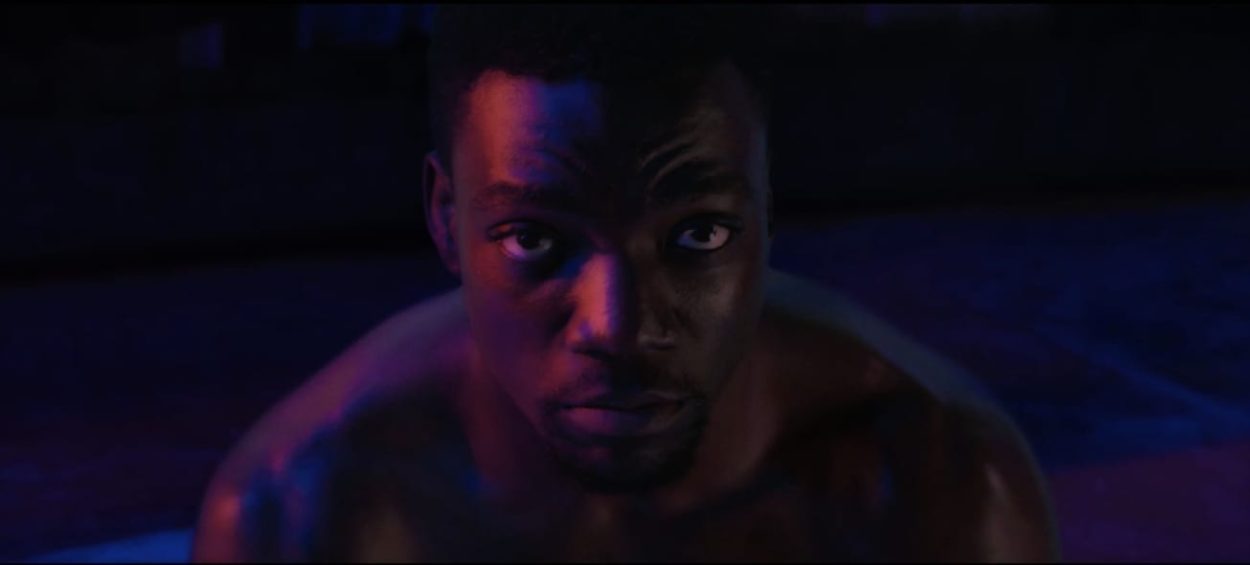Were you brought up in a particularly creative environment? Please describe your childhood.
I was raised by all creatives – my grandmother was a math teacher back in Russia but she’s a director at heart, and forced me and all the other Russian kids in Queens where I grew up to put on Russian plays and performances. So I was memorizing Pushkin, Lermontov poems as a kid, wearing a scarf around my hair and singing. My mother was in fashion when I was a kid (she’s an acupuncturist now), my father is a set designer in theatre and opera, and my grandfather was a painter, so I was very lucky that my artistic pursuits were the norm at home. I watched Tarkovsky films as a kid (sandwiching episodes of Sesame Street with Stalker) so it was funny when decades later I found that it was such a trendy reference amongst filmmakers.
When did you first realise you wanted to make films?
I honestly don’t know! I figured out in college that I wanted to direct, mostly because I think I couldn’t get the cool kids to like me, and I needed to take control over something in my life. It first started as live performances and bizarre DIY plays I would construct with musicians and dancers. They were mostly a mess, but some were kind of interesting. Anyway, around that time I think I started thinking about music videos as an art+commerce hybrid, and realising that maybe there was something for me there. I wish I could say it was some cool 90s Spike Jonze or Chris Cunningham videos that got me into it, but weirdly the video I remember really inspiring me was Lady Gaga’s “Bad Romance.” I was really into Matthew Barney’s Cremaster Cycle as a kid, and that video seemed like a pop culture homage to him. I remember telling someone that I was choosing music videos as a career path because I wanted to be an artist but “make money someday”….oops!
Did you go to Film School or learn on the job?
I didn’t go to Film School, but I actually did study quite a bit of film in college, though I was so intimidated by it that I ended up directing an avantgarde live performance for my final project instead of making a film. I went to Bard College which had more of a “paint on your film stock” and experimental approach to filmmaking, and they never taught us about being on set. I wasn’t really that interested in the technical aspects of filmmaking back then…I also had no idea who I was or what I was interested in “saying” nor did I have the confidence to rigorously see it through. I was definitely not the star of my film department or “one to watch”…far from it. But now I’m the only one in my graduating year that has a directing career, so goes to show that not every life path is straightforward. For me, it started with self-producing ambitious productions for $1k budgets, waiting tables for money, calling in creative favors, hundreds of rejected pitches, and then eventually I started working with some amazing artists, and some semblance of “victories” started to crop up. So I definitely learned on the job!
Do you write your own narratives for music videos and short films?
Yes, fully 100%! I have worked with co-writers on a couple of short film projects in the past, and I’m co-writing my feature with another writer but generally it’s all my ideas.
Have you made films written by other people?
No! But I would love to, (if the script is good) to see what it’s like to simply direct.
What was your creative process for creating I Am Going Home? (Please tell us about the creation of the narrative and is it a metaphor for losing love?)
This was an image I had been thinking about for a while – a woman who accidentally destroys every man she meets. I’ve always been enamoured with the character of Lenny in Of Mice and Men, so it’s an innocent destructiveness rather than a traditional femme fatale, and I imagined it as a contemporary fairy tale. When I heard the song, it had this timelessness that really matched the mood of this concept. The film can be interpreted in a few ways but for me it’s about a character who can’t help but hurt people around her – a metaphor of self-protection and destructiveness; hurting those we love. She is deeply tormented by her loneliness, and at the end, unable to touch other humans, she has no choice but to return to nature and wilderness.
The cinematography is stunningly beautiful – where did you shoot it and why?
Thank you! Albert Salas absolutely killed it. We shot in Vilnius, Lithuania. It was always meant to be shot somewhere without clear specificity – I wanted the story to feel universal and timeless, and Vilnius had these incredible, never-before-shot-in locations, such as an abandoned unfinished sports stadium that was left half-built. As a child of Russian refugees, I’m always drawn to these melancholy Soviet environments of my ancestors so I think on a subconscious level, I was trying to access that.
Did you map out the framing and lighting in detail before the shoot?
Albert and I worked in a pretty instinctive way, prepping but not with too obsessive of a shot list. This was new for me (as I usually shot list everything to death) but with something more traditionally narrative like this, I find that an intuitive approach can work better. It was a combination of tightly choreographed shots as well as more loose camera work. We had a few pre-determined dolly setups in some of the architectural and landscape scenes; particularly in the abandoned stadium and then in the snowy woods which required very careful timing and setup. Laying track in uneven snow is quite an undertaking but thankfully we had an amazing crew in Lithuania that was down for anything! Other sequences were more intuitive and the camera movement was character-driven, particularly in the intimate scenes between characters. I’d say the look of the film is defined by these two juxtaposing looks: the more human, warm, handheld way we captured the intimacy, and the more composed look of the industrial and natural landscapes.
What was the most challenging aspect of the production?
Location scouting was by far the biggest challenge. The local service company in Lithuania looked at dozens of locations in order to find the right bedroom, streets, and unique abandoned locations. They had to chat to a million people to find these spots, and I didn’t make their job any easier, being as picky as I am! Second hardest was casting. I was looking for someone very special, and we looked at hundreds of reels, stalked people on Instagram, had actors drop out, but eventually found the amazing French-Madagascan dancer Sahné Rasonaivo. This was her very first time acting (and even first audition) and she nailed it in my opinion!
What’s next on your schedule?
Getting my debut feature off the ground.
Do you stick to a creative routine even when you’re not working on a project?
I try! This year I’m trying to accept that boring adult things like eating well, exercising, playing with my dog, are all part of “the work” of being an artist. After several years of nonstop pitching and killing myself to get projects, I’m using my downtime to work on my narrative projects but also just live life a bit more, and prep my body/brain for when work picks up again.
LINKS:
